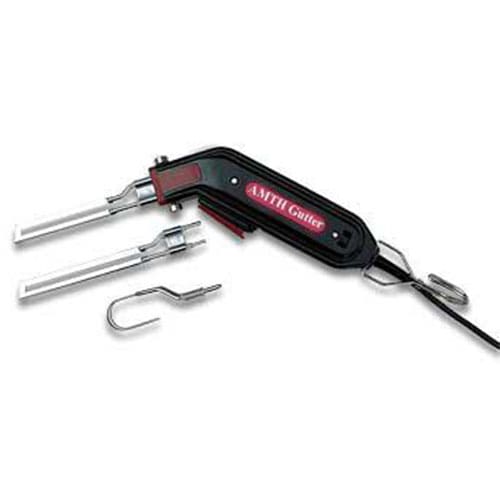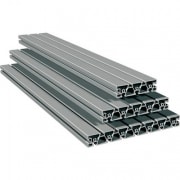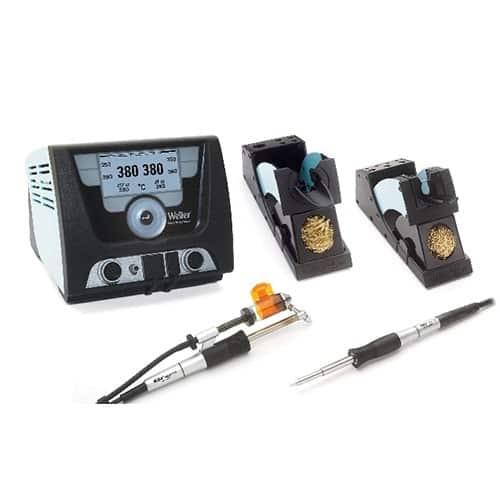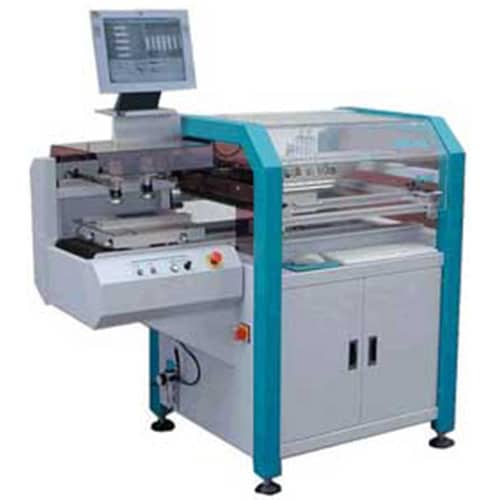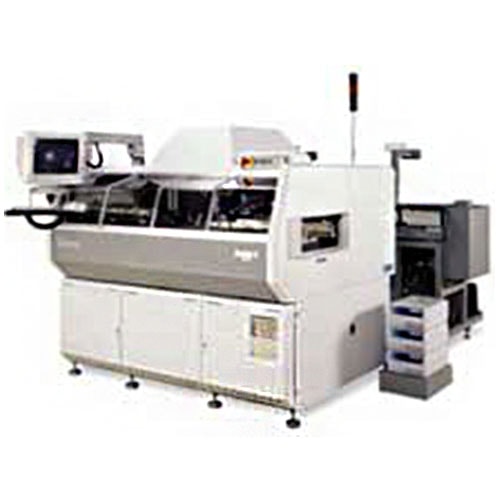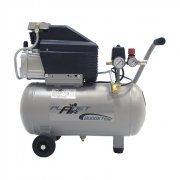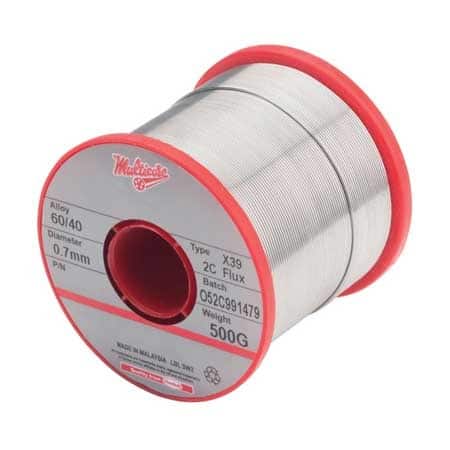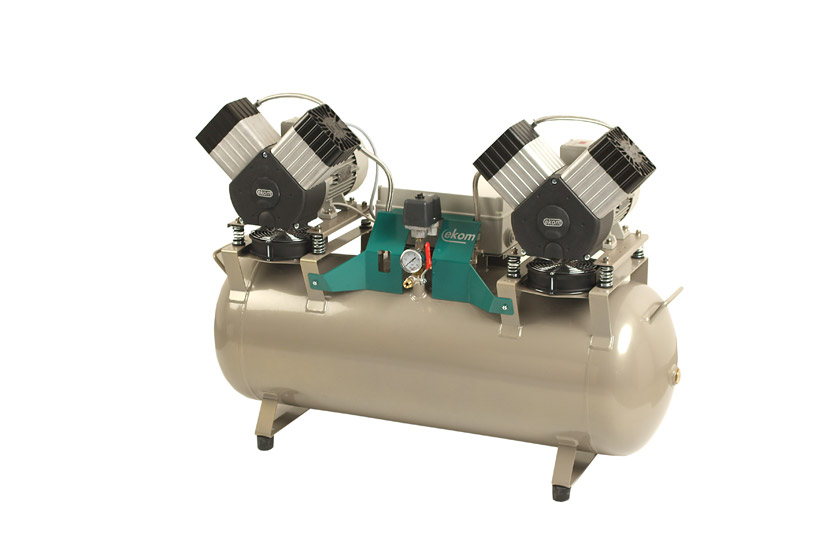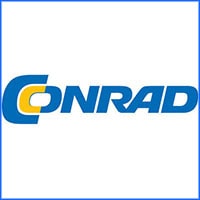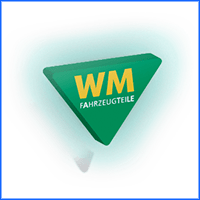Handling and Storage
Handling: Use with adequate ventilation. Avoid contact with skin and eyes. Wash thoroughly after handling.
Storage: Keep container closed when not in use. Store at ambient or lower temperature.
Exposure Controls / Personal Protection
Engineering controls: Use adequate general or local exhaust ventilation to keep airborne concentrations below the permissible exposure limits.
Personal protective equipment Eye / face protection: Wear chemical safety glasses with side shields. Have eye washing facilities readily available where eye contact can occur.
Skin protection: Avoid unnecessary skin contact with this material. Use appropriate chemical protective gloves when handling.
Respiratory protection: Good general ventilation should be sufficient to control airborne levels. A NIOSH approved dust/mist respirator is recommended when TLV levels are exceeded.
Physical & Chemical Properties
Odor: RED PASTE WITH MILD ODOR.
Boiling point: > 400 F
Flash point: > 200 F
Chemical Stability & Reactivity Information
Chemical stability: Stable under normal conditions of use. Avoid contact with strong oxidizers, acids and alkali.
Hazardous decomposition products: May form carbon dioxide and carbon monoxide.
Possibility of hazardous reactions: Will not occur.
Toxicological Information
Not available.
Ecological Information
Ecotoxicity: Ecological data are not available. Material should be treated as harmful to aquatic organisms.
Persistence and degradability: Not available.
Disposal instructions: Dispose of in a manner consistent with federal, state, and local regulations.






